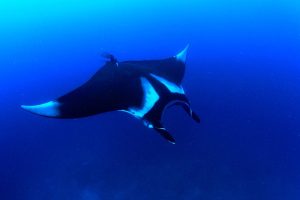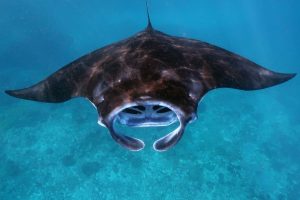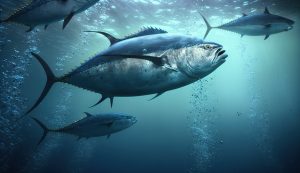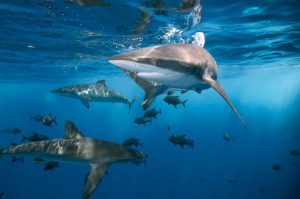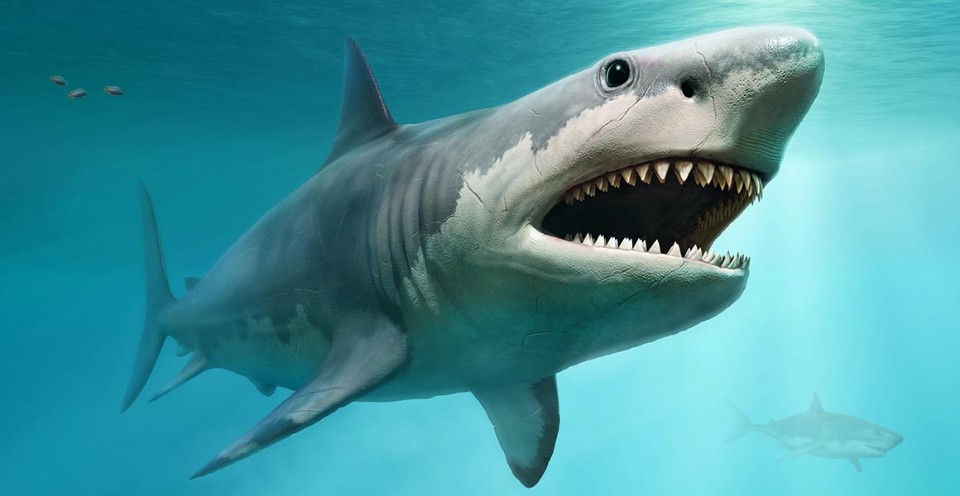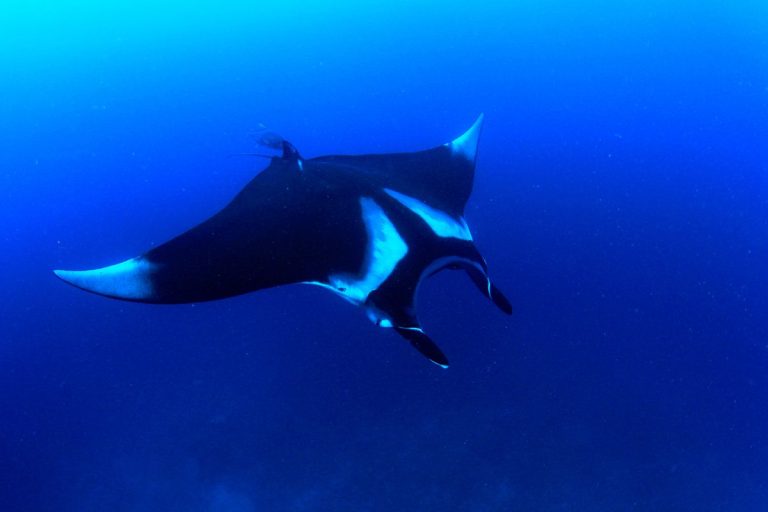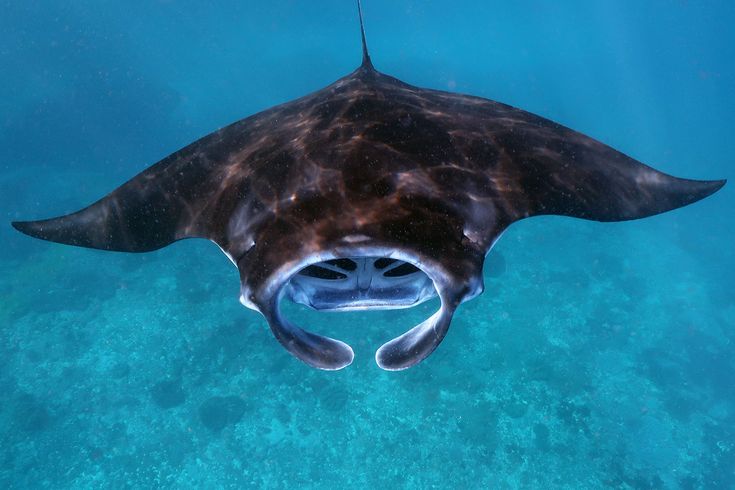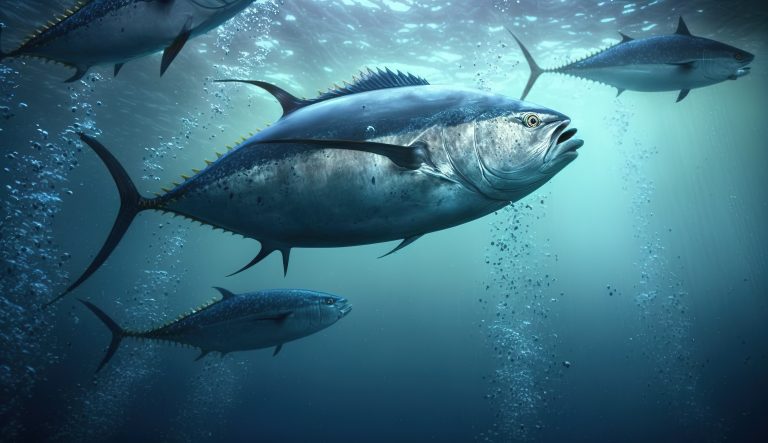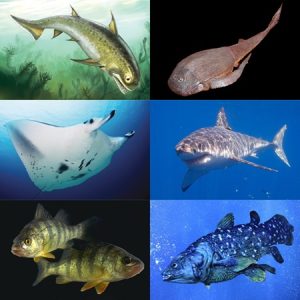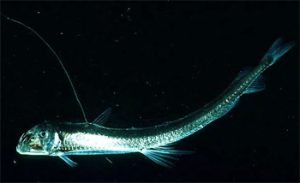The oceans of our planet have long fascinated humans with their mysterious depths and diverse inhabitants. Among the many legendary creatures that once roamed these waters, the Megalodon stands out as one of the most colossal and awe-inspiring. Known as the "Great White Shark of the Ancient Seas," Megalodon was a prehistoric giant that dominated marine ecosystems millions of years ago. Its name, derived from Greek meaning "big tooth," hints at its most distinctive feature—the enormous teeth that have captured the imagination of scientists and enthusiasts alike. This article explores the fascinating world of Megalodon, examining its physical traits, habitat, diet, evolutionary history, and the ongoing quest to understand this ancient sea monster. Through scientific discoveries and fossil evidence, we gain insights into how this creature once thrived and why it eventually vanished from the oceans. Join us as we delve into the depths of Megalodon’s existence and its enduring legacy in marine paleontology.
Introduction to the Megalodon: The Ancient Sea Monster
Megalodon, scientifically known as Otodus megalodon, was a prehistoric shark that roamed the Earth’s oceans approximately 23 to 3.6 million years ago. It is often regarded as one of the largest and most powerful predators to have ever existed in marine environments. Its massive size and predatory prowess have earned it the moniker of an ancient sea monster, capturing the imagination of both scientists and the public. Megalodon’s presence in the fossil record highlights its dominance in marine ecosystems during the Miocene and Pliocene epochs, where it played a crucial role in maintaining the balance of marine life. Despite its extinction, Megalodon continues to fascinate researchers, inspiring numerous studies and debates about its biology and extinction. Its legacy endures as a symbol of prehistoric marine gigantism and the dynamic history of Earth’s oceans.
The discovery of Megalodon’s fossils has significantly contributed to our understanding of prehistoric marine life. Its teeth, often found in sedimentary deposits worldwide, are among the most common and well-preserved fossils of large marine predators. These fossils reveal not only the creature’s enormous size but also its incredible adaptation to a predatory lifestyle. Megalodon’s reputation as a formidable predator is reinforced by its immense teeth, which could reach over 7 inches in length, and its massive jaw capable of exerting tremendous bite force. The study of Megalodon provides vital clues about the evolutionary pathways of sharks and the ecological dynamics of ancient seas. As a creature that once ruled vast oceanic territories, Megalodon remains an iconic figure in the study of marine paleontology and prehistoric life.
The cultural impact of Megalodon extends beyond scientific circles, permeating popular media, documentaries, and even modern-day myths. Its depiction as a monstrous predator has fueled speculation about its size, hunting abilities, and reasons for extinction. Researchers continue to investigate its life history, including growth rates, reproductive strategies, and ecological niche. Understanding Megalodon not only sheds light on the past but also offers insights into the potential responses of large marine predators to environmental changes. As new fossil discoveries emerge, the picture of Megalodon’s life and times becomes clearer, reinforcing its status as a true giant of the ancient oceans. In essence, Megalodon embodies the grandeur and mystery of Earth’s prehistoric marine ecosystems, reminding us of the ocean’s ever-changing and dynamic nature.
Physical Characteristics and Size of the Megalodon
Megalodon was a colossal shark, dwarfing most modern marine predators. Its physical characteristics were tailored for its role as an apex predator in ancient oceans. Estimated to reach lengths of up to 60 feet (18 meters) or more, Megalodon’s size was comparable to that of a large whale. Its massive body was robust and muscular, supported by a powerful tail that enabled swift and forceful movements through the water. The creature’s body shape was streamlined, reducing drag and increasing efficiency while hunting in open waters. Its enormous size is one of the primary reasons it is considered one of the largest predators to have ever lived in the ocean.
The most distinctive feature of Megalodon was undoubtedly its teeth. These teeth could be over 7 inches long, with serrated edges that allowed it to cut through flesh and bone with ease. The teeth were triangular, thick, and robust, designed for gripping and tearing prey. Megalodon had a formidable set of jaws, capable of exerting an estimated bite force of up to 40,000 pounds per square inch—far surpassing modern sharks like the great white. The jaw structure was large and powerful enough to accommodate dozens of these massive teeth, enabling it to crush the bones of large marine mammals and whales. Its sensory systems, including excellent olfactory and lateral line capabilities, complemented its physical features to make it an efficient hunter.
In addition to its teeth and jaw, Megalodon possessed a large, muscular body covered with a skin texture similar to that of modern sharks. Its pectoral fins were broad and sturdy, providing stability and maneuverability. The dorsal fin was tall and prominent, aiding in balance during swift swimming. Its eyes were large, offering keen vision in the often murky and deep waters it inhabited. The overall physiology of Megalodon was built for size, strength, and predatory efficiency, making it a true oceanic giant. These physical traits contributed to its dominance over other marine creatures during its time.
Scientists estimate that Megalodon’s weight could have reached up to 100 tons or more, comparable to a modern large whale. Such immense mass required a substantial metabolic system and a diet consisting mainly of large marine mammals like whales, seals, and sea lions. The creature’s skeletal structure, primarily composed of cartilage like other sharks, limited the preservation of complete fossils, but teeth and some vertebral remains have provided enough information to reconstruct its impressive stature. The combination of size, strength, and specialized features made Megalodon an evolutionary marvel and a true giant of the prehistoric seas.
Habitat and Distribution of the Megalodon in Ancient Oceans
Megalodon inhabited a wide range of marine environments, from coastal shallows to the deep open ocean. Its fossil remains have been discovered on every continent except Antarctica, indicating a broad geographical distribution. During its existence from approximately 23 to 3.6 million years ago, Megalodon thrived in warm, temperate, and subtropical waters across the globe. Its preferred habitats likely included continental shelves, where abundant prey such as marine mammals and large fish were available. The extensive distribution of Megalodon fossils suggests it was a highly adaptable predator capable of exploiting diverse ecological niches.
In terms of geographic spread, Megalodon fossils have been found in North and South America, Africa, Europe, Asia, and Australia. Notable discoveries include freshwater deposits in places like South Carolina and Japan, indicating that Megalodon may have occasionally ventured into shallower or even freshwater environments. Its presence in these varied habitats underscores its versatility and the importance of oceanic connectivity during the Miocene and Pliocene epochs. The warm climate conditions of these periods supported the proliferation of large marine mammals, which served as primary prey for Megalodon, fostering its widespread distribution.
Paleogeographic reconstructions reveal that during the Miocene and Pliocene, ocean currents and landmass configurations facilitated the dispersal of Megalodon across vast areas. Shallow coastal regions and continental slopes provided ideal hunting grounds, while deeper offshore zones supported larger prey populations. The creature’s large size and powerful swimming ability allowed it to traverse significant distances, hunting across different marine environments. Changes in sea levels and climate over millions of years influenced the distribution and population dynamics of Megalodon, leading to its eventual decline as oceanic conditions shifted.
The presence of Megalodon fossils in diverse locations suggests that the species was a dominant predator in many marine ecosystems. Its ability to adapt to various habitats contributed to its success for millions of years. However, as ocean temperatures cooled and prey populations declined toward the end of the Pliocene, Megalodon’s habitat range likely contracted. This reduction in suitable environments and prey availability is believed to have played a role in its extinction. The study of its habitat and distribution continues to provide insights into the ecological factors that influenced its rise and fall within the prehistoric marine world.
Overall, Megalodon’s extensive habitat range illustrates its status as a global marine predator. Its adaptability to different environmental conditions and its exploitation of abundant prey resources made it a dominant force in ancient oceans. Understanding the specifics of its habitat distribution helps scientists reconstruct ancient marine ecosystems and assess how large predators influence ecological balance in oceanic environments.
Diet and Feeding Habits of the Megalodon
Megalodon was an apex predator with a diet primarily consisting of large marine mammals, including whales, seals, and sea lions. Its enormous size and powerful jaws made it well-equipped to hunt and consume sizeable prey. Fossil evidence, including bite marks on whale bones and the discovery of Megalodon teeth embedded in marine mammal fossils, supports the idea that it specialized in preying upon large, slow-moving, and vulnerable marine animals. The shark’s feeding habits likely involved ambush tactics or pursuit predation, utilizing its immense speed and strength to overpower prey in the water.
The teeth of Megalodon reveal a lot about its diet and feeding strategies. The serrated edges of its teeth were ideal for slicing through flesh and bone, allowing it to efficiently tear apart large prey. Its bite force, estimated to be among the strongest of any known predator, enabled it to crush the skulls and bones of whales and other large animals. Megalodon’s feeding behavior was likely opportunistic, targeting abundant prey species and exploiting the rich resources of the ancient oceans. Its ability to consume large quantities of high-energy prey supported its massive body size and reproductive needs.
Megalodon also preyed on other large fish, such as sharks and deep-sea species, supplementing its diet when marine mammals were scarce. Its hunting grounds probably included coastal and continental shelf regions where prey was plentiful. The shark’s keen senses, including excellent

